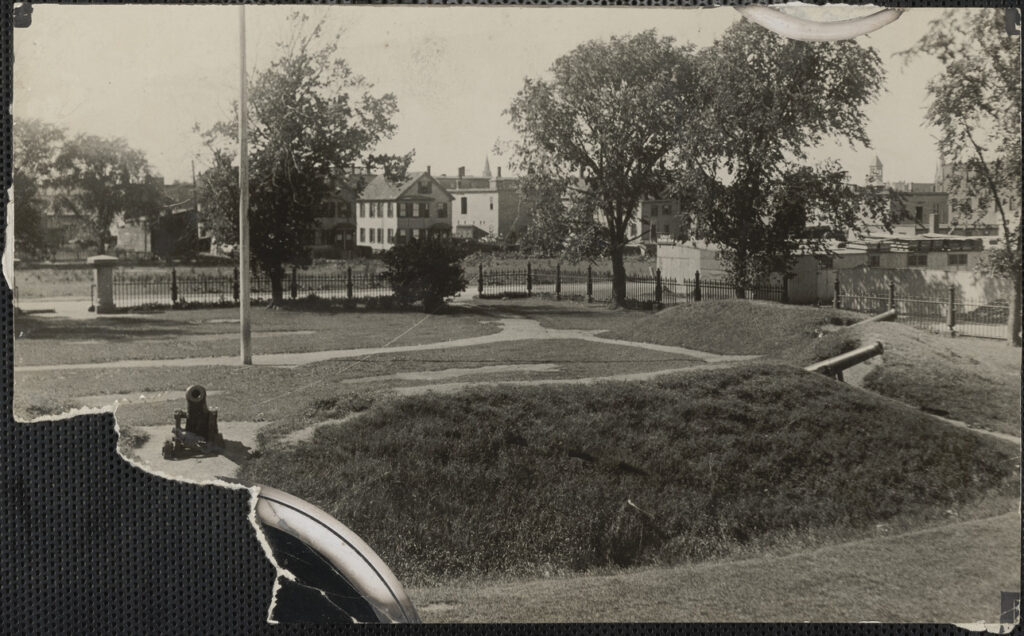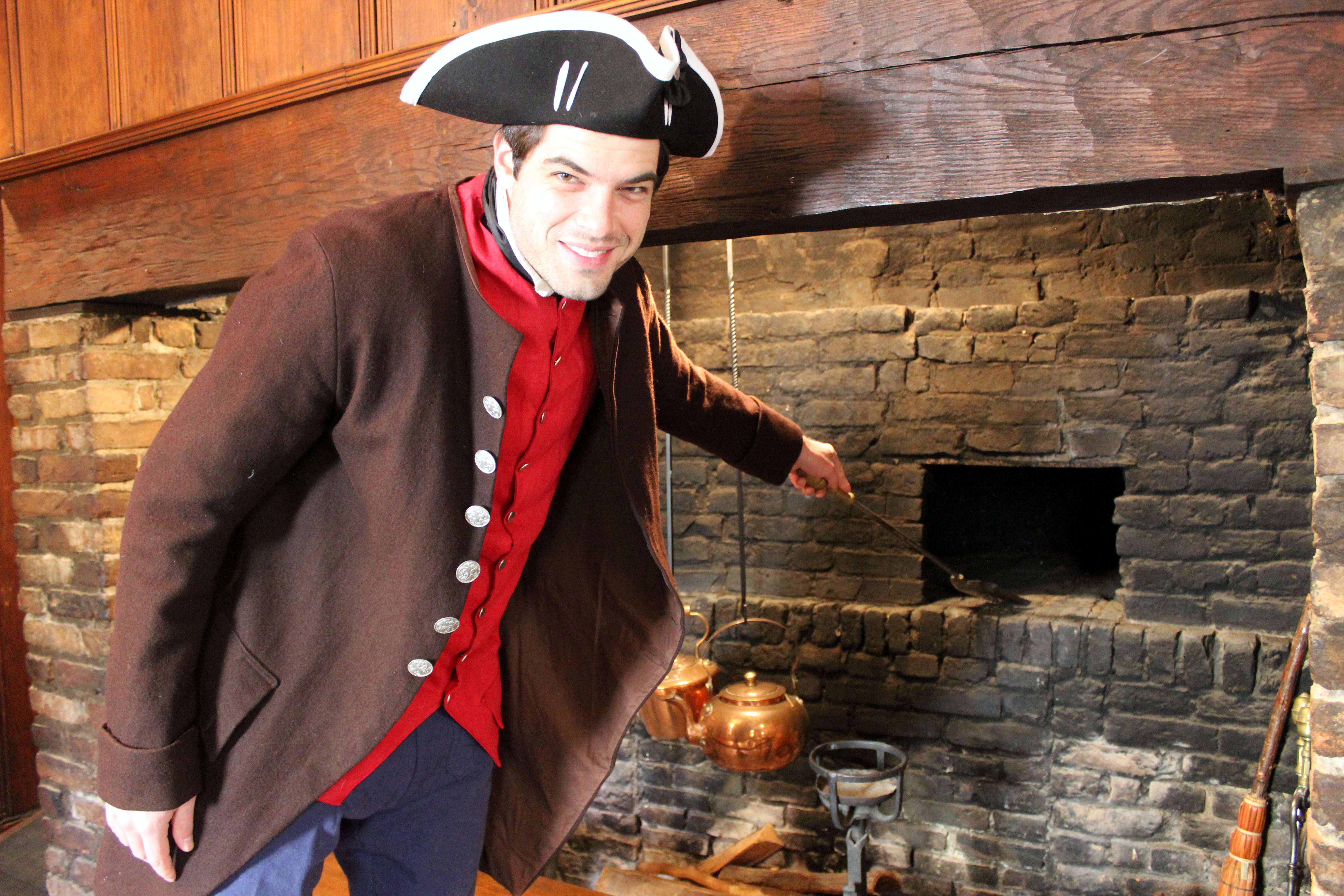
Fort Washington has history (and mystery), including rumors about Washington’s horse
Above image: Children at Fort Washington Park in Cambridgeport in 1926. (Photo: Cambridge Historical Commission, Cambridge Photo Morgue Collection)
By Betsey Donham
While researching Fort Washington Park for my internship with History Cambridge, I listened to a series of oral histories completed in 1998 that capture the lives of Cambridgeport residents in the early 20th century. The park itself is the last remaining fortification from the Revolutionary War in Cambridge, but these oral histories provide a more personal view of the space and how Cambridgeport residents of the more recent past used the park. Cambridge resident Barbara Slavin interviewed her mother and other residents who lived near the park from the 1910s to 1930s, and gave insight into the European immigrants who lived there, the children who played there and the curious legends and rumors from the Revolutionary War that have remained.
During this period, Cambridgeport was home to largely working-class immigrants from Europe who worked in the neighborhood. Fort Washington Park bordered Reardon’s Soap Factory and a manufacturing plant for lally columns and other building materials. Beyond working in the neighborhood, Cambridgeport residents were able to get necessities there. Vendors and peddlers came through the park selling a variety of items: ice, fresh fruit and vegetables, soap, fish and more. Additionally, they sold services such as knife sharpening or laundry, for which a “rag man” often advertised with a lively song. Other necessities required going into Boston, but residents were able to stay in the neighborhood for the most part.
This meant the neighborhood was close-knit, described as “one unit” where residents shared clothing lines and comfort. The various families from Ireland, Germany, Scotland or Italy gathered together if they didn’t have relatives in Cambridge, but “became sisters and brothers” through the Cambridgeport community. They cared for each other and would “drop anything just to give them tea and let them sit and talk.”
Children cared for each other and playing at Fort Washington Park together. Older children brought their younger siblings and babysitting charges to the park to play, making up games and running around. To the children, the earth mounds beneath the cannons in the park “seemed like mountains.” They would sled down them in the winter, tumble down in the summer and play hide-and-seek behind the cannons. These children made their own version of the game, in which they would yell “Hoist the green sail!” when they were found. This take on the game was inspired by the flagpole in the park, which also held a curious rumor relating to

Since Washington commissioned the creation of the earthworks and cannons, a rumor began that after the war, his horse was buried there. Many children believed this legend, spreading the mysterious story with other neighborhood friends. They thought that “Well, [Washington] isn’t buried here, but maybe his horse is,” specifically underneath the flagpole. Although there is no evidence to prove this rumor, the mystery behind the tale entertained the children of Cambridgeport and connected the Revolutionary War to their present day.
If you’d like to hear the broader history of Fort Washington Park, join our virtual History Cafe from 7 to 8 p.m. May 3. Local historian Sage Carbone, local artist Madeleine Lord, Charles Sullivan of the Cambridge Historical Commission and Emily Levine from the Longfellow House will speak on different eras of the park’s history. Register for this free event here.
Betsey Donham is an intern for History Cambridge.
This article was originally published in our “Did You Know?” column in Cambridge Day.




